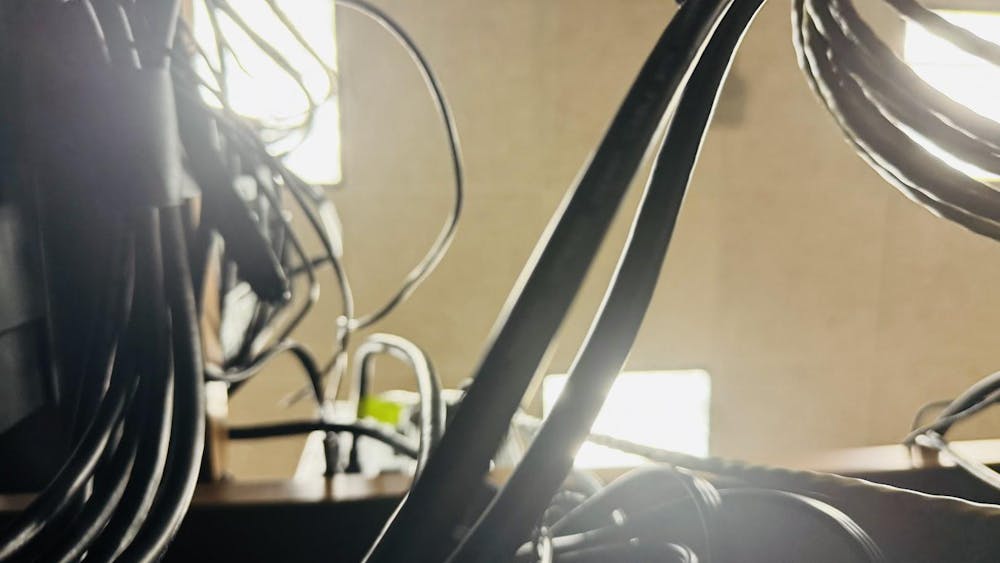The University's historic campus buildings are a point of pride for many in the Notre Dame community. What the older dorms, such as Badin Hall and Lyons Hall, lack in air conditioning and elevator access, they make up for in character. But these older buildings lack accessibility for people with physical disabilities.
In some older buildings, ramps and elevators are missing, or not easily accessed — something that is problematic for the members of the Notre Dame community with a physical disability.
Many students have disabled or elderly family members who take pleasure in visiting campus. Walking up four flights of stairs in a residence hall may be daunting to your 80-something-year old grandmother.
Due to some inaccessible buildings, such family members are missing out on a key part of the Notre Dame community. They cannot tour the Rock or see dorm rooms higher than on the first floor. It makes weekend trips to Notre Dame stressful instead of enjoyable and limits their experience.

But inaccessibility affects students too. Those who use wheelchairs are forced to live in newer dorms that have more accommodations.
Even if a student with a permanent disability is accommodated in a newer dorm, students can be faced with a broken leg and months on crutches. A student who lives on the third floor of Badin Hall would be hard pressed to get to her room every day without an elevator to assist her.
The University has expanded campus and constructed many new buildings in the past 20 years. To its credit, it has worked to make newer buildings more accommodating.
McGlinn Hall, for example, keeps one room open every year in case a student gets hurt and needs to live in a dorm with elevator access, Sr. Mary Lynch, rector of McGlinn Hall, said.
But ideally, all dorms would have elevators and would be able to leave a room open in the case a disabled student needs to be accommodated.
Although there is not a quick and easy solution to this problem, the University should begin to make accessibility a priority.

The University allocates funds for construction each year, which has resulted in some beautiful new buildings. As these projects are completed, the University should examine the architecture of older buildings to see where improvements can be made to increase accessibility.
Every building should have a ramp for people with physical disabilities to enter the building and, ideally, every building should have an elevator.
While this involves a lot of time and money to make every building more accessible, recognizing the need is the first step toward change.












